Introduction: Black Power
Introduction by Teaching for Change
If the nonviolence of the Southern Freedom/Civil Rights Movement frightened mainstream people in the United States, the Black Power movement confronted institutional racism with a youthful boldness and fearlessness unseen since enslaved Africans took up arms in the Civil War. In this section, important “founding documents” of the Black Power movement are examined. In addition, the section explores the impact of Black Power on other oppressed peoples in the United States.
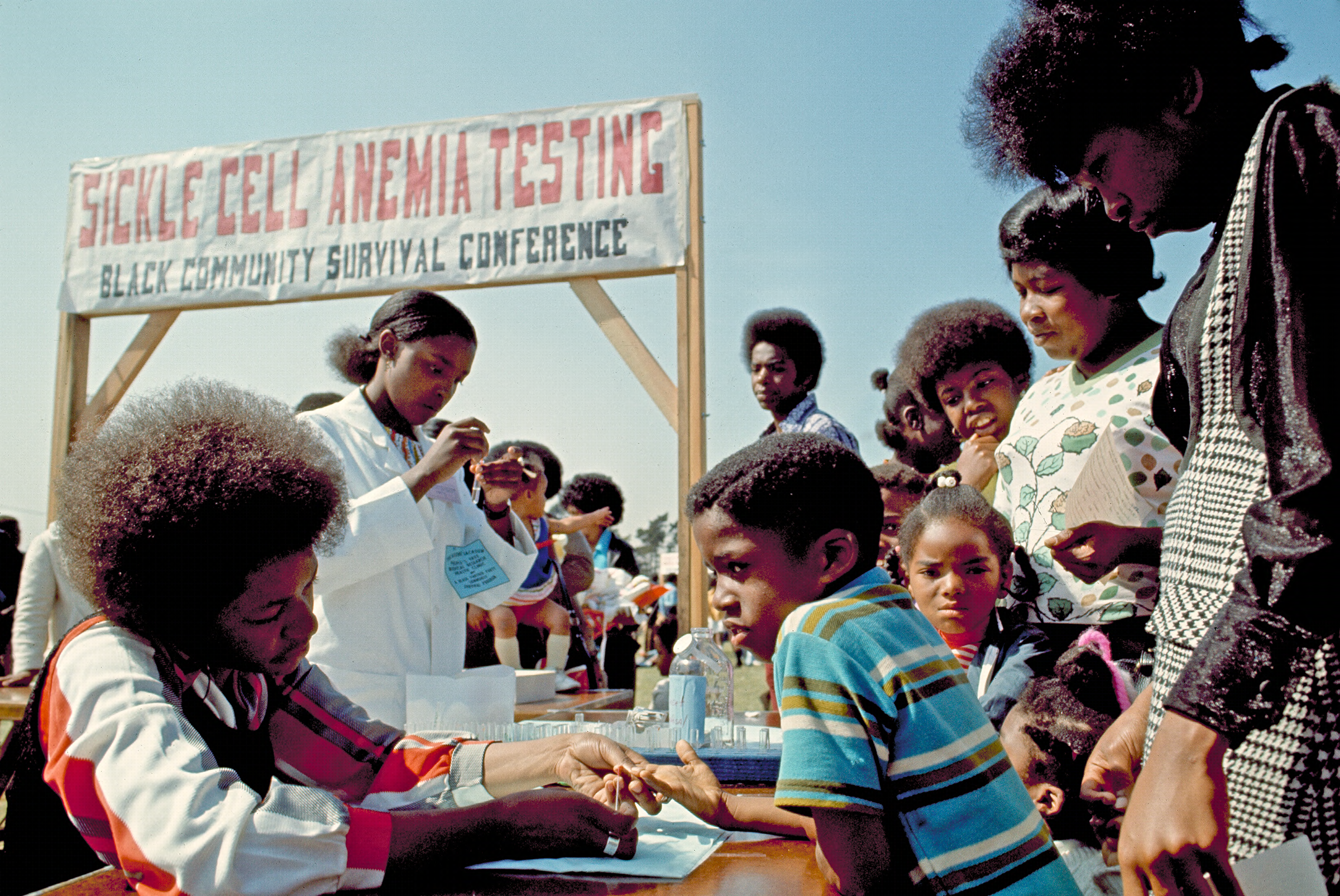
What We Want, What We Believe: Teaching with the Black Panthers’ Ten Point Program
Lesson by Wayne Au
Students read the Black Panther Party's 1972 Ten Point Program to understand the conditions the Panthers were attempting to identify and deal with, then analyze their world today and write their own Ten Point Program for social issues they would like to address.
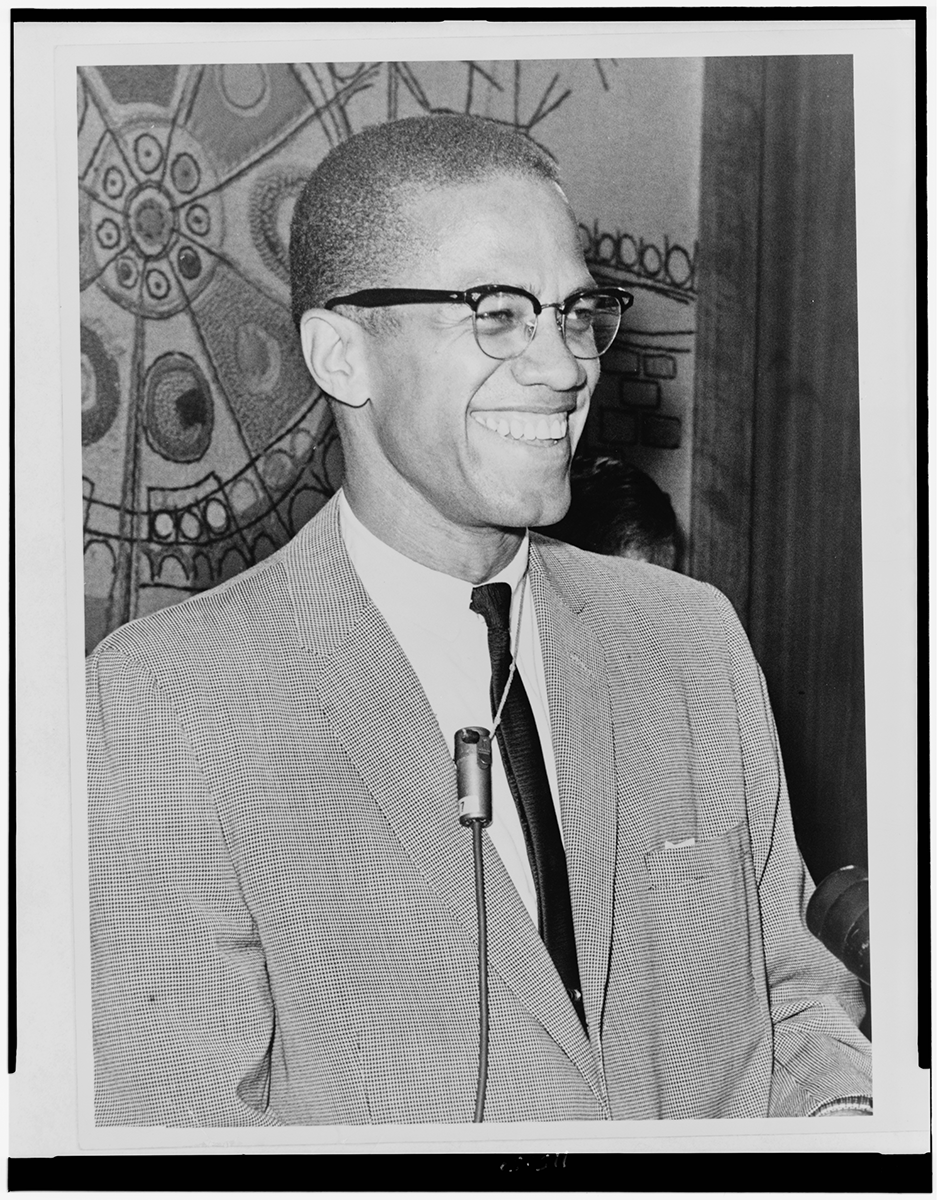
Black Nationalism and Black Pride: The Ballot or the Bullet
Primary Document by Malcolm X
An excerpt from a speech given in Cleveland in April 1964. At this period of his life after Malcolm X (el-Hajj Malik el-Shabazz) had broken with Nation of Islam leader Elijah Muhammad, made a pilgrimmage to Mecca, and begun to develop his own movement, the Organization of Afro-American Unity. He was assassinated on February 21, 1965.
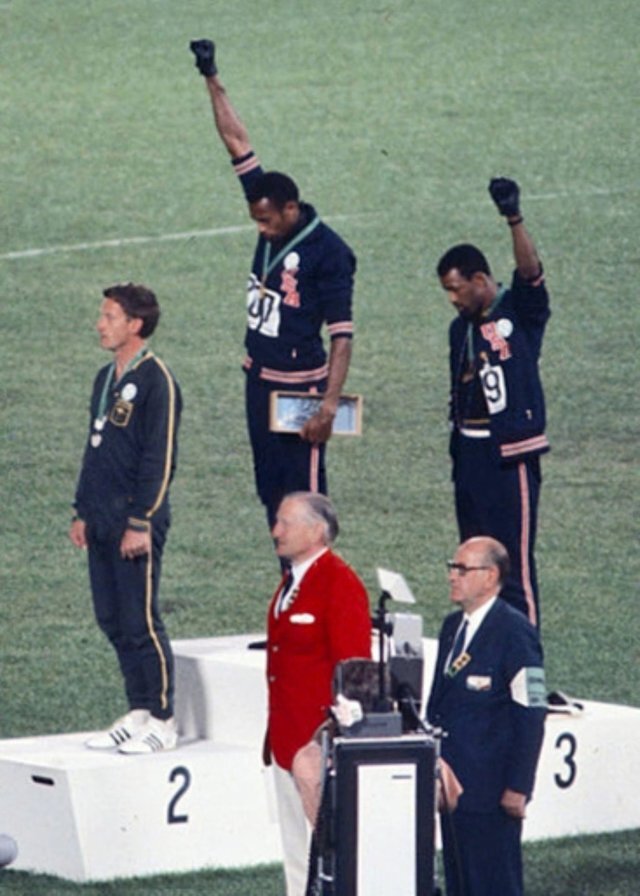
Fists of Freedom: An Olympic Story Not Taught in School
Reading by Dave Zirin
The real story behind the most political, controversial, inspiring moment in Olympics, if not sports, history: the black gloved salute of runners Tommie Smith and John Carlos.
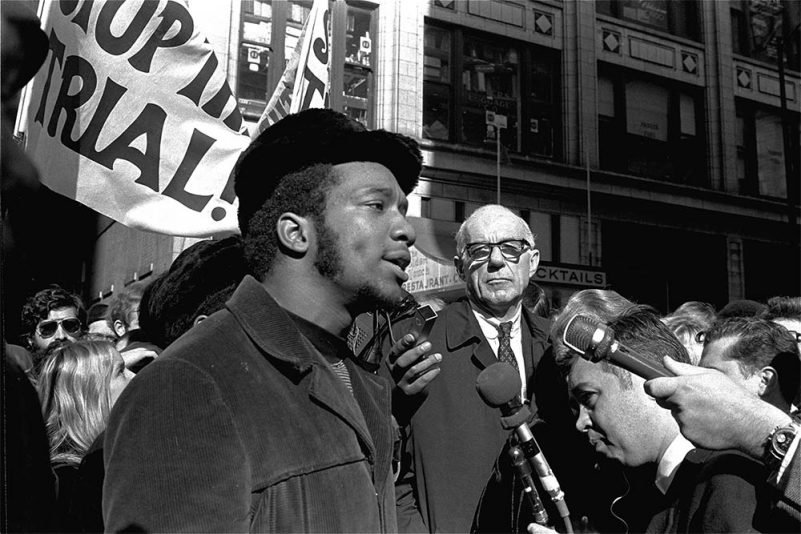
COINTELPRO: Teaching the FBI’s War on the Black Freedom Movement
Lesson by Ursula Wolfe-Rocca
Through examining FBI documents, students learn the scope of the FBI’s COINTELPRO campaign to spy on, infiltrate, discredit, and disrupt all corners of the Black Freedom Movement.
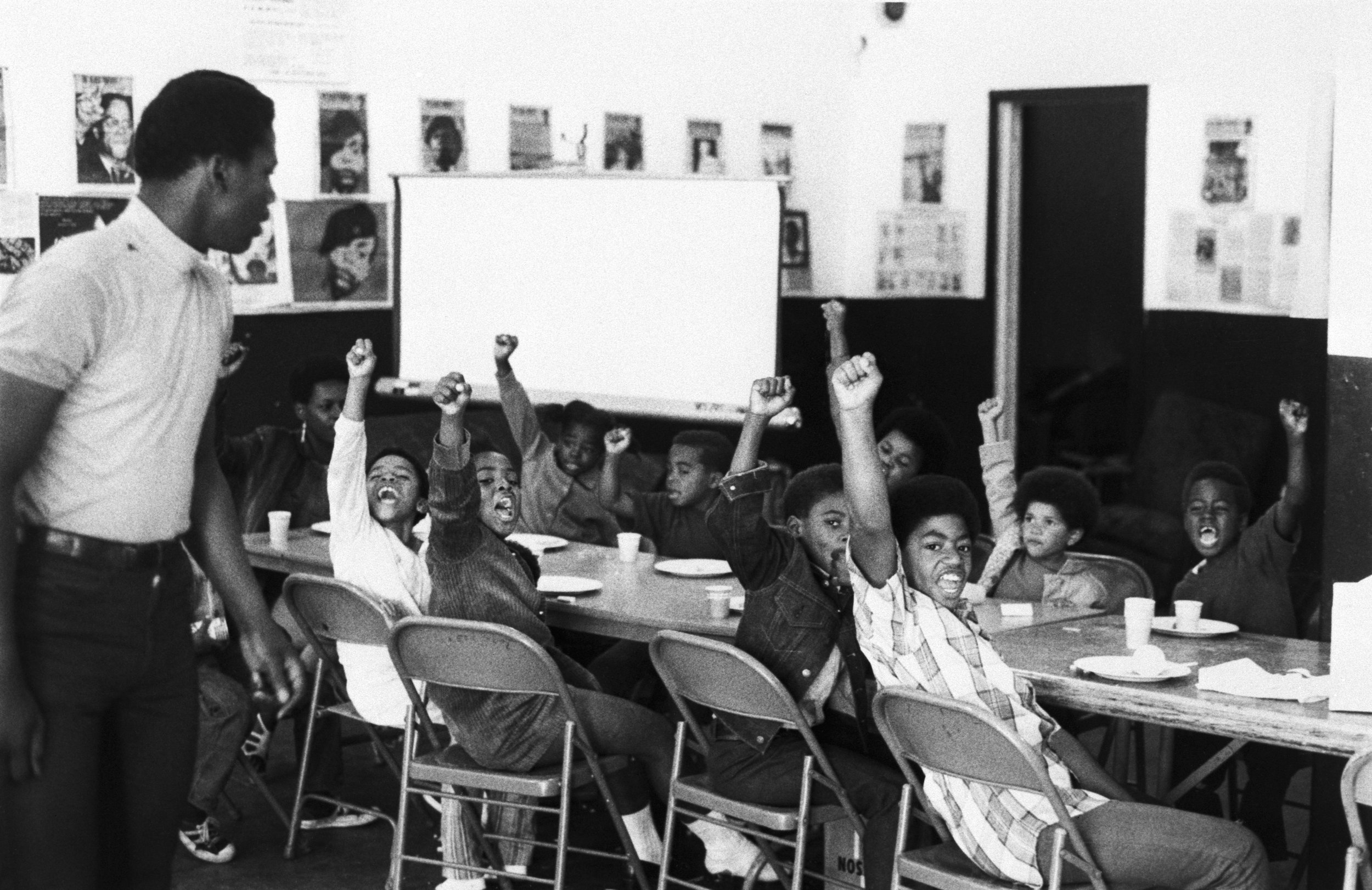
What We Don’t Learn About the Black Panther Party — But Should
Lesson by Adam Sanchez and Jesse Hagopian
A mixer lesson introduces students to the pivotal history of the Black Panthers.
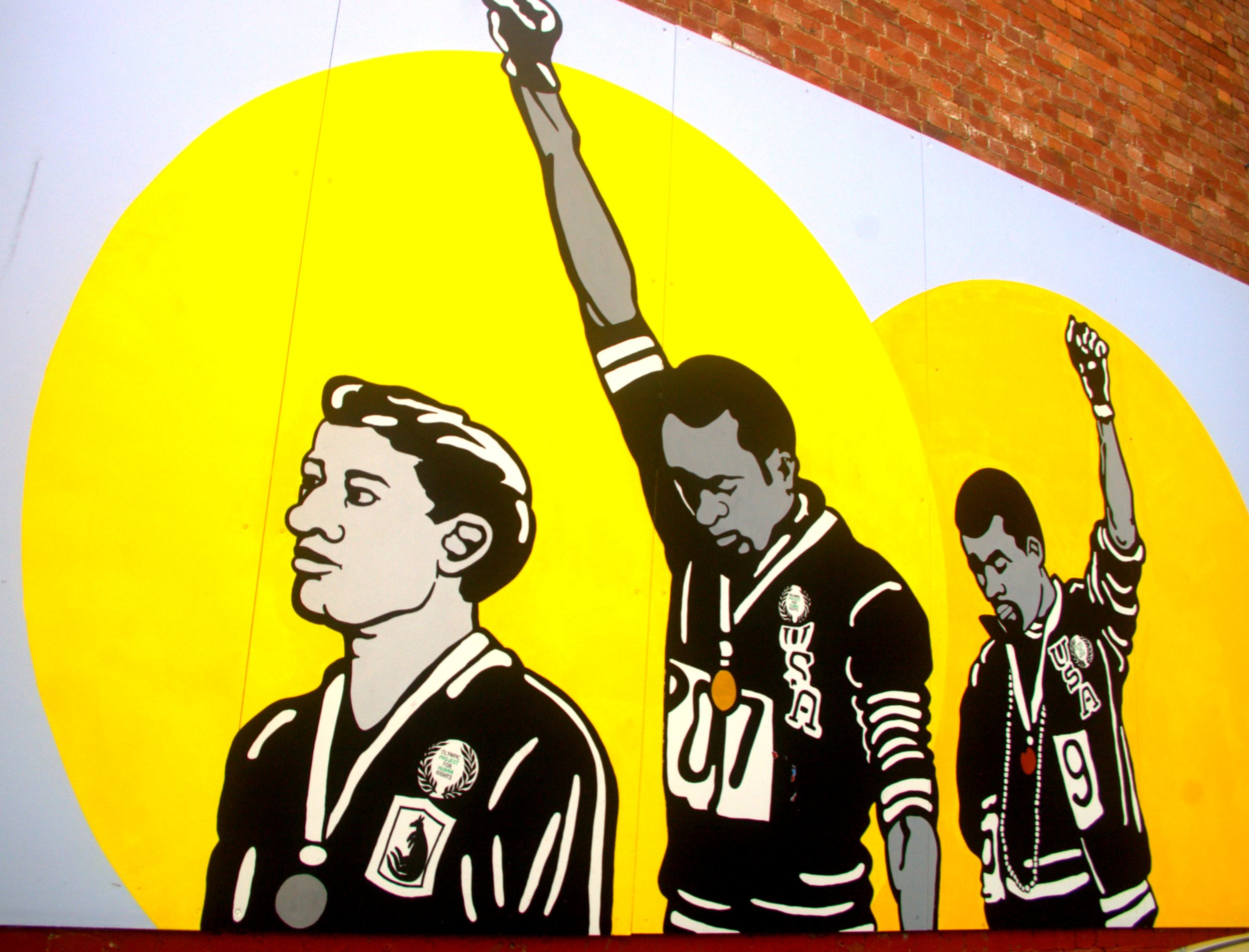
Elegy for Peter Norman
Reading by Josh Healey
Poem about Peter Norman, the white Australian athlete in the historic protest and iconic photo at the 1968 Olympics.
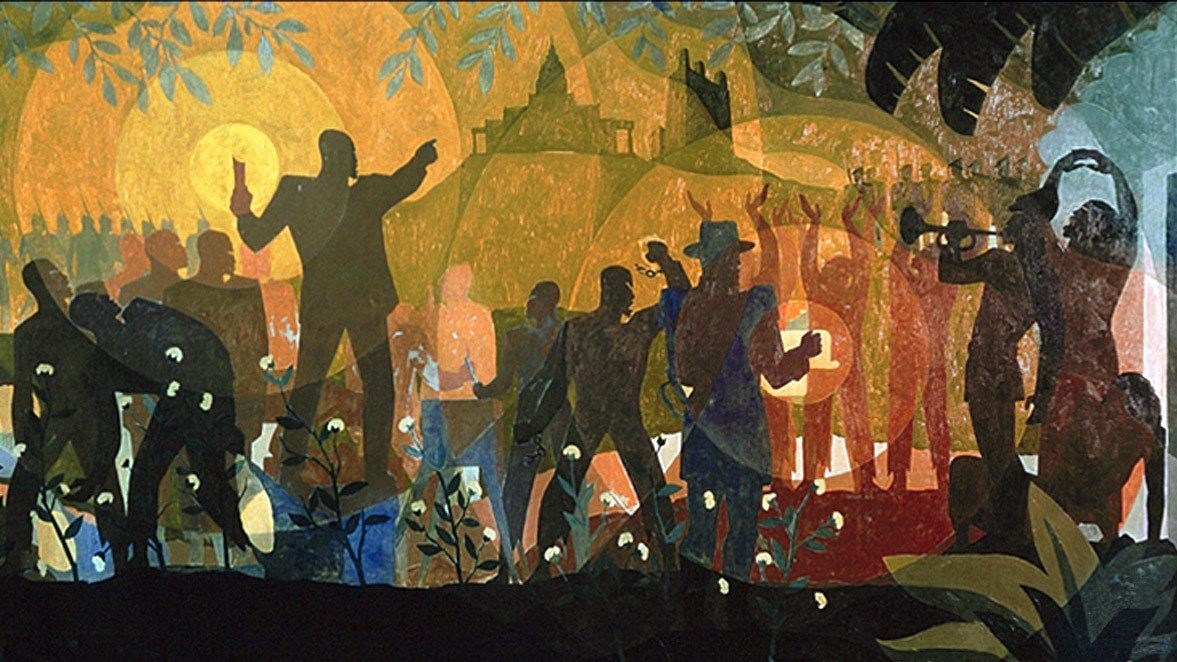
A Study of Artist Aaron Douglas: Painting the Human Figure in the Tradition of Resistance
Lesson by Patty Bode and Stephanie Schmidt
The artwork and leadership of Aaron Douglas foreshadowed the Civil Rights era by setting the visual tone of the Harlem Renaissance movement of the 1920s and 1930s. In this lesson, students will learn about Aaron Douglas and draw silhouettes of marchers, cut out the figures, and paint in Aaron Douglas’s style.
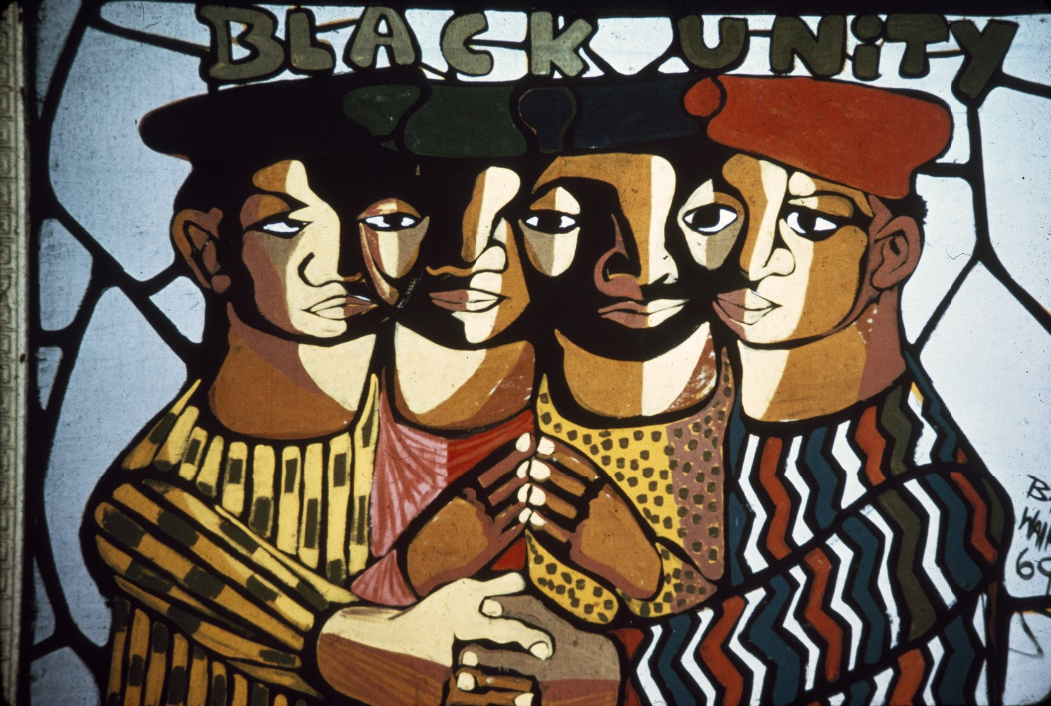
SOS — Calling All Black People: Introduction to the Black Arts Movement
Reading by John H. Bracey Jr., Sonia Sanchez, And James Smethurst
The writer and political activist Larry Neal is credited with coining the term "Black Arts Movement" (BAM) to describe the explosion of politically engaged African American art from the mid-1960s to the late 1970s.
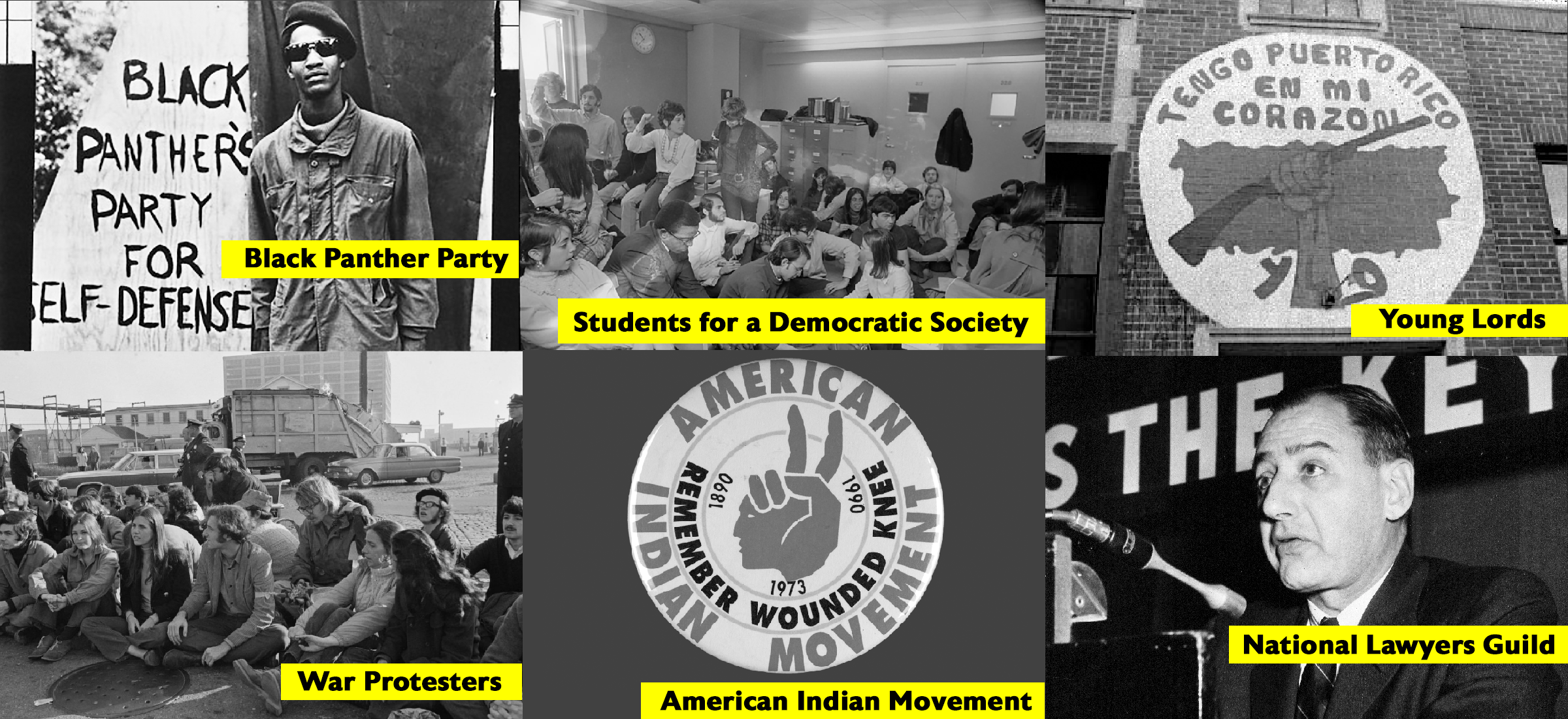
Why We Should Teach About the FBI’s War on the Civil Rights Movement
Reading by Ursula Wolfe-Rocca
Though COINTELPRO offers teachers a trove of opportunities to illustrate key concepts, including the rule of law, civil liberties, social protest, and due process, it is completely absent from most mainstream textbooks.
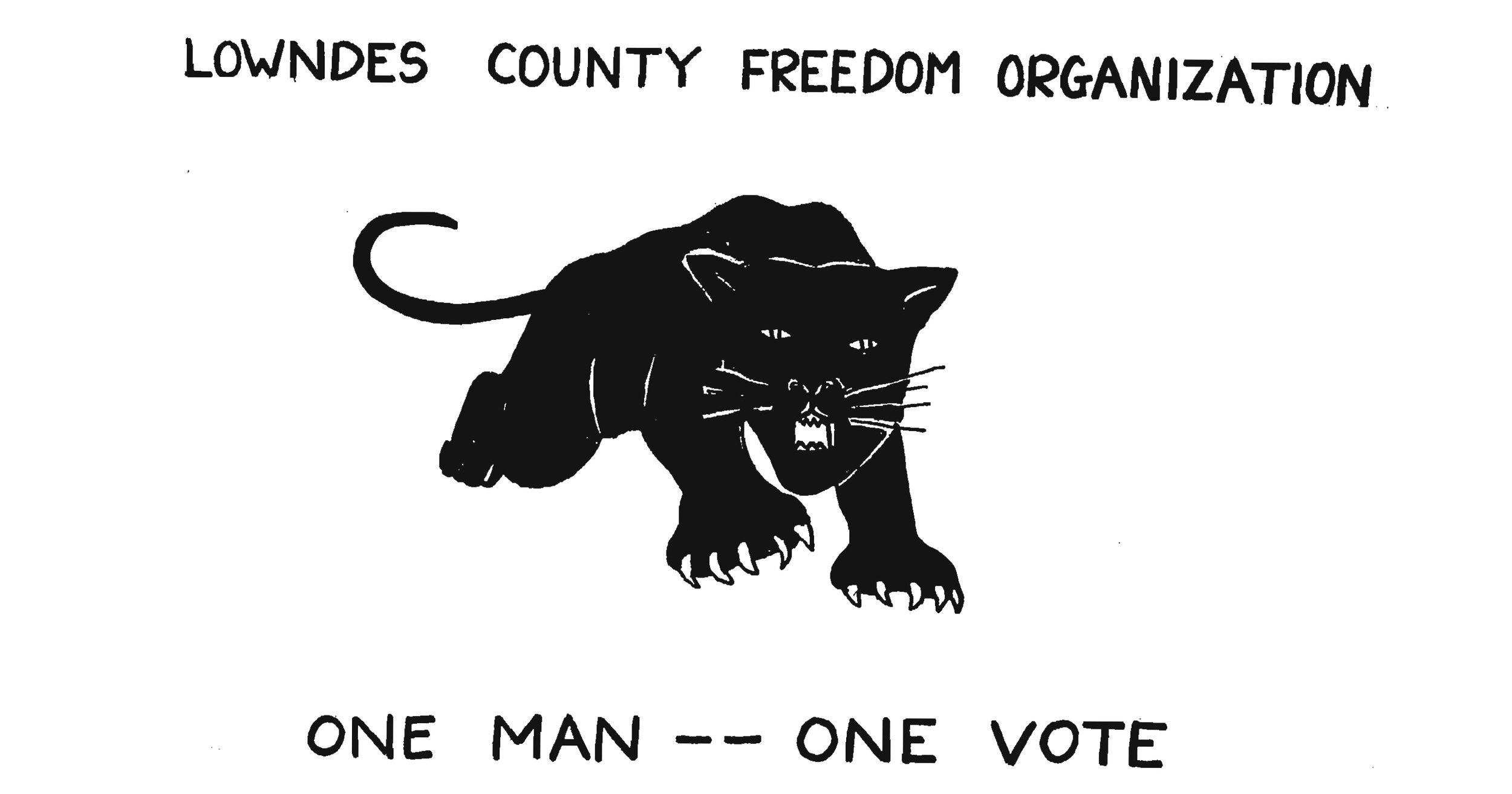
How the Black Panther Party Was Organized
Primary Document by John Hulett
Excerpts from a speech about how the Lowndes County Freedom Organization was organized and why they chose a black panther as their symbol. The speech was given in Los Angeles on May 22, 1966 at a meeting sponsored by a group of anti-Vietnam War committees.
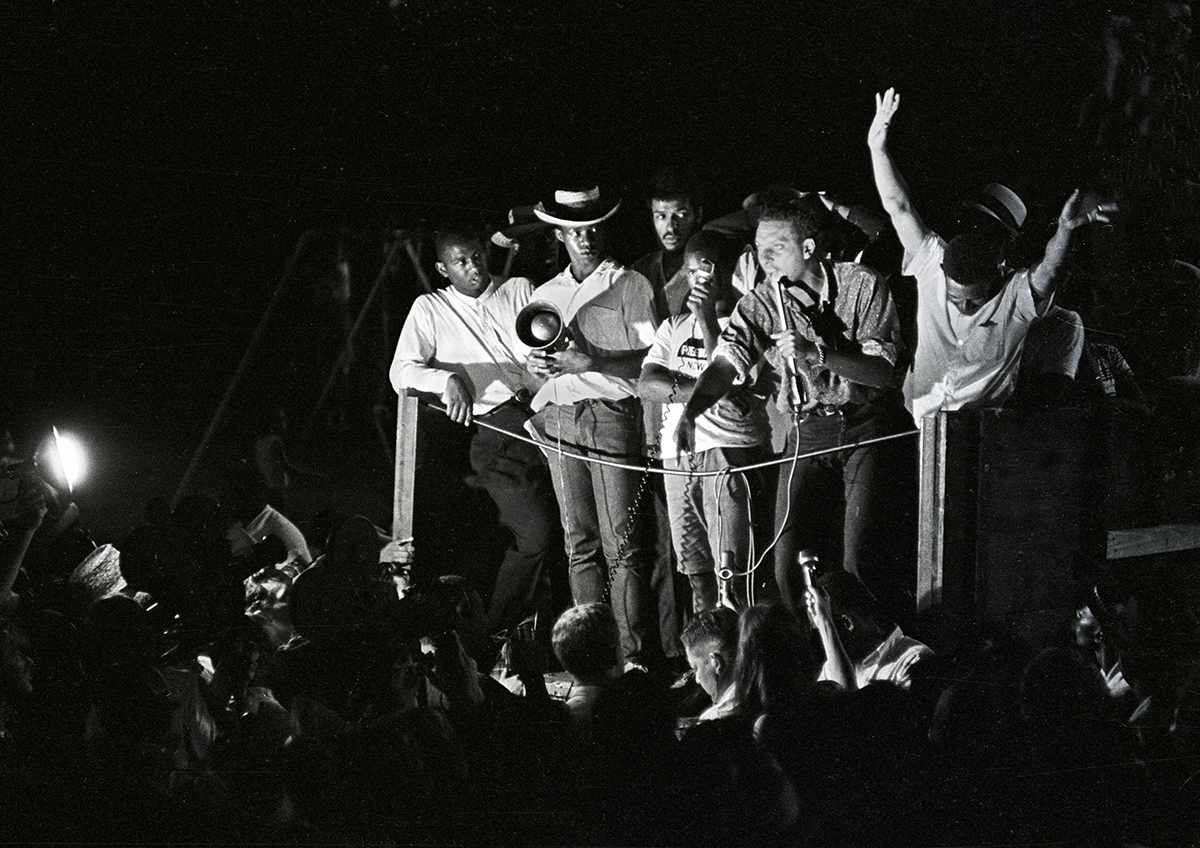
What We Want
Primary Document By Kwame Ture (Stokely Carmichael)
Separatism−the determination of a particular group of people to resist assimilating to the majority culture−has a long history in the United States. This excerpt from the “What We Want” speech offers a rationale for the notion of an independent Black community.
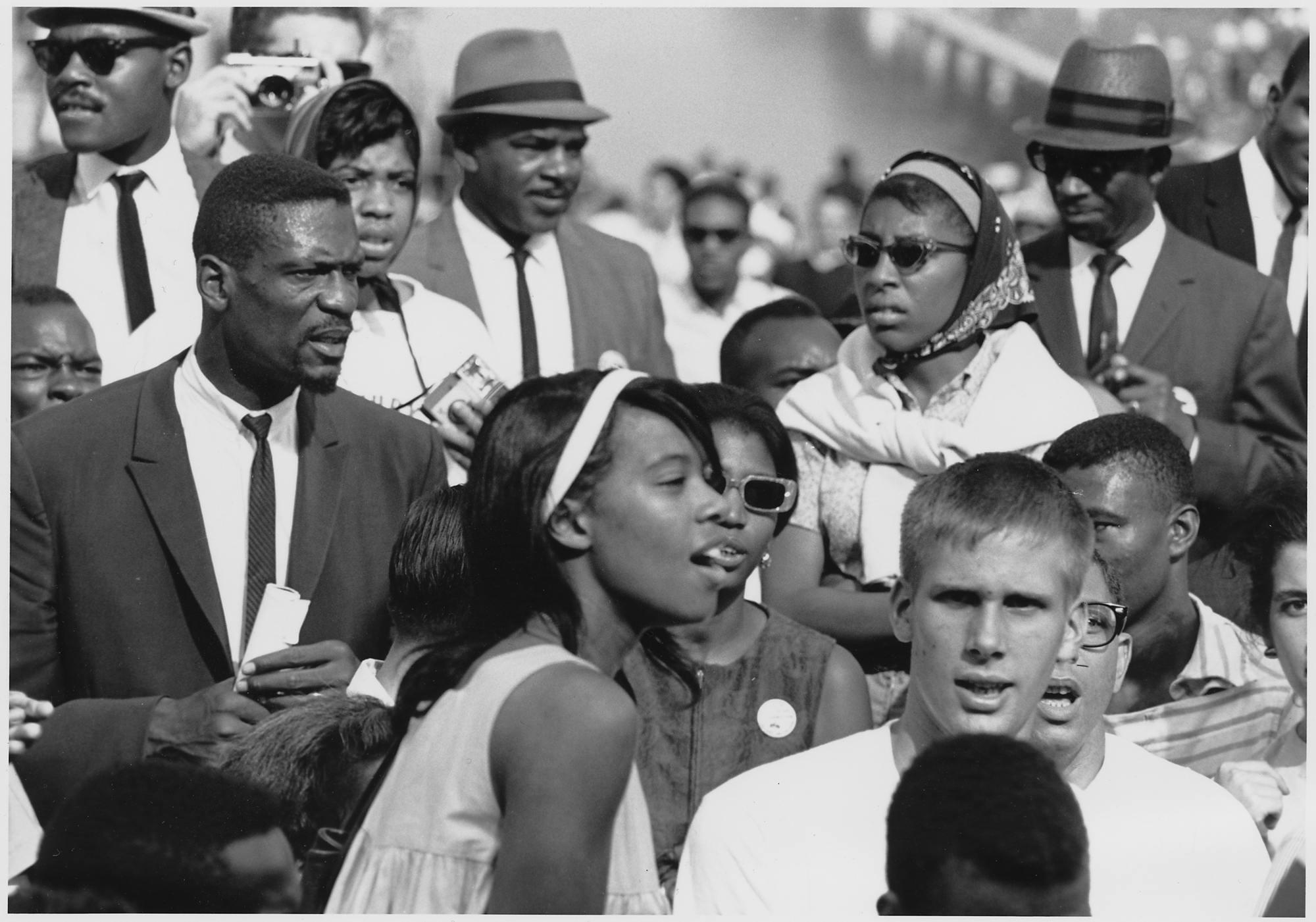
“Felton X”: Bill Russell
Reading by Josh Ozersky
William (Bill) Felton Russell, a basketball star for the Boston Celtics in the 1960s, was nicknamed “Felton X” because he wouldn’t denounce the Nation of Islam. Most athletes and entertainers are afraid to damage their careers by speaking out against injustice, but still a brave few continue today.
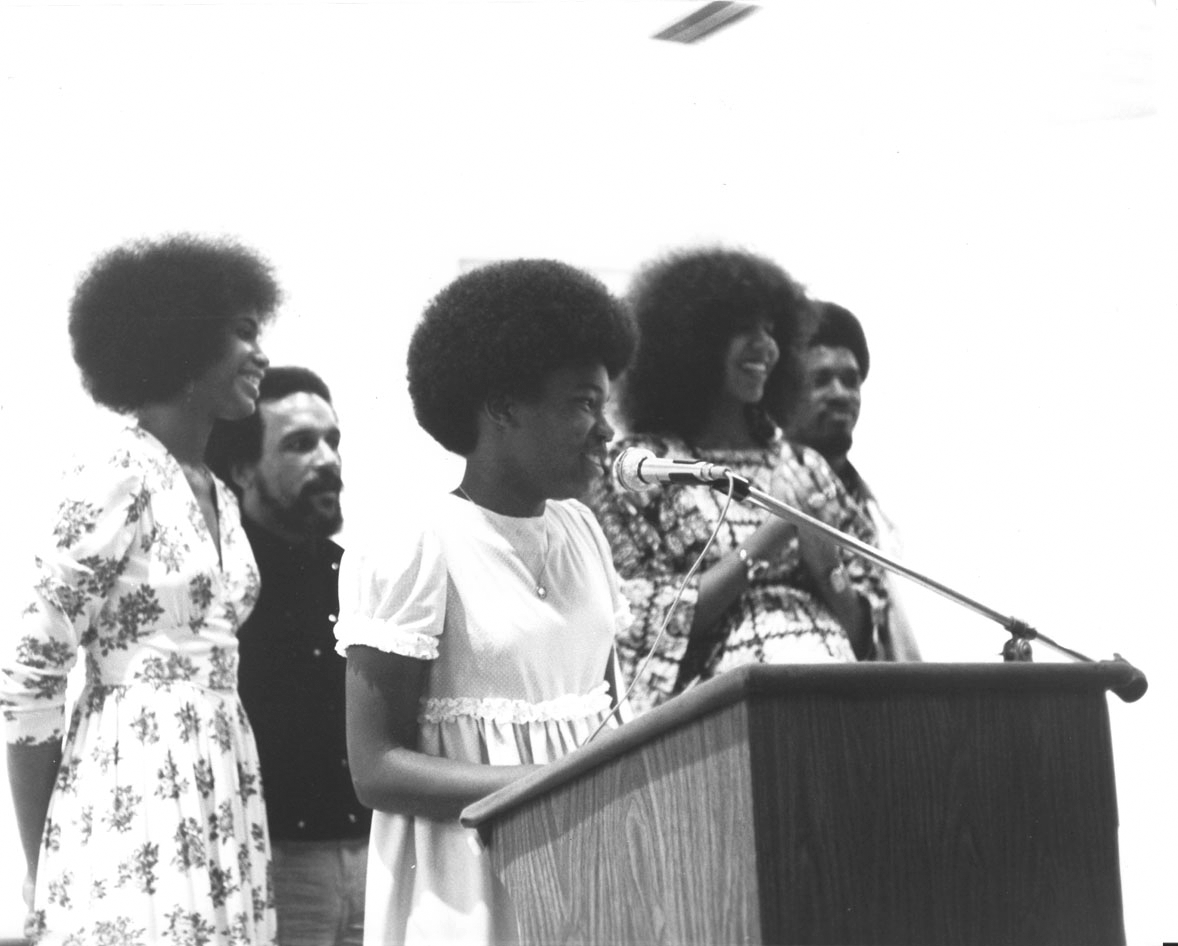
From Freedom to Liberation: Politics and Pedagogy in Movement Schools
Reading by Daniel Perlstein
What distinguishes the Movement schools from most of public education is not, in the final analysis, the techniques they employed. Rather, at issue is whether curriculum and pedagogy would perpetuate racism and other forms of social inequality or would foster change. There is, then, no Movement approach to education without rebuilding the Movement.
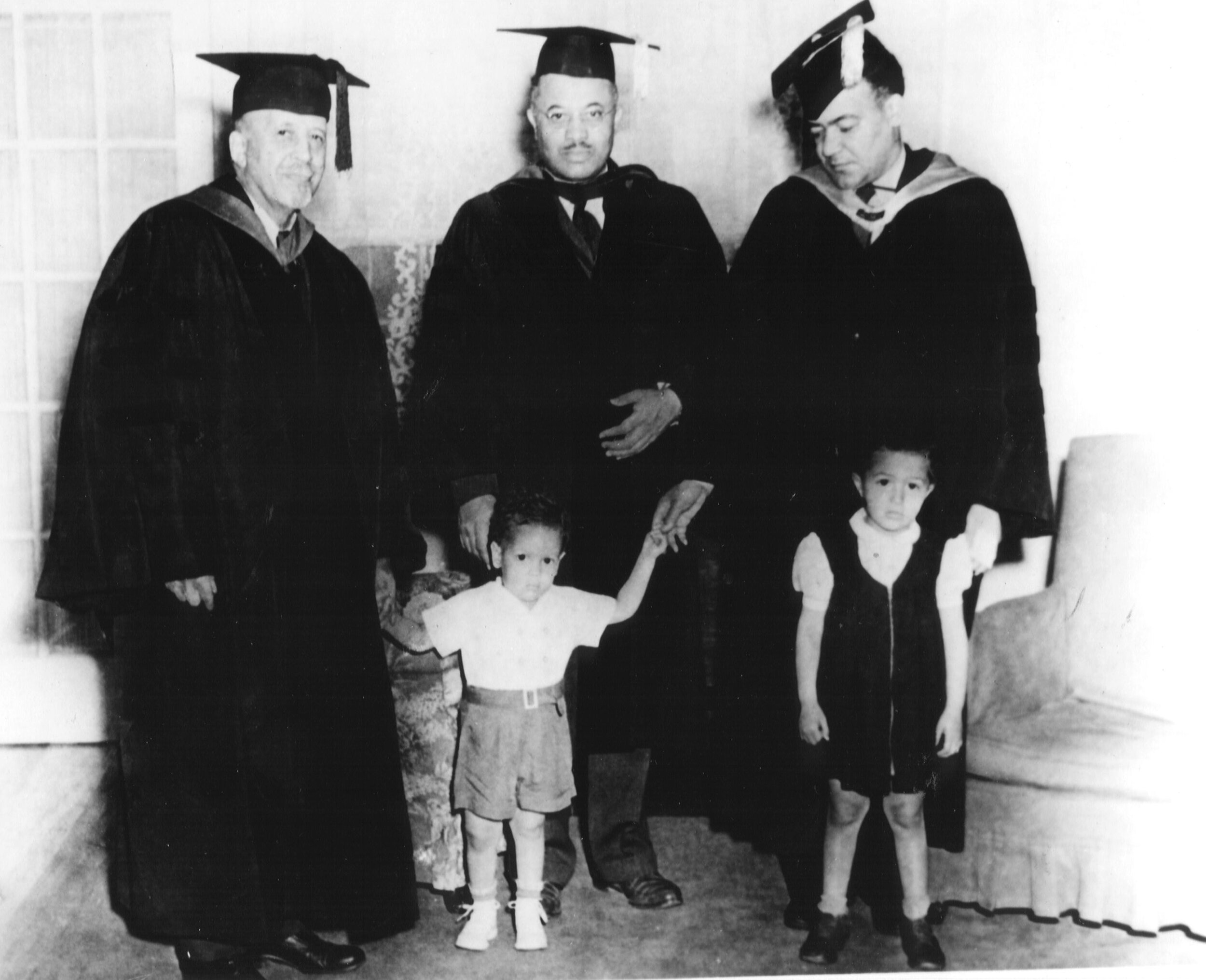
Voices of Black Liberation
Lesson by Larry Miller
This roleplay is one way for students to become familiar with the writing and speeches of famous leaders of the Black liberation movement.
